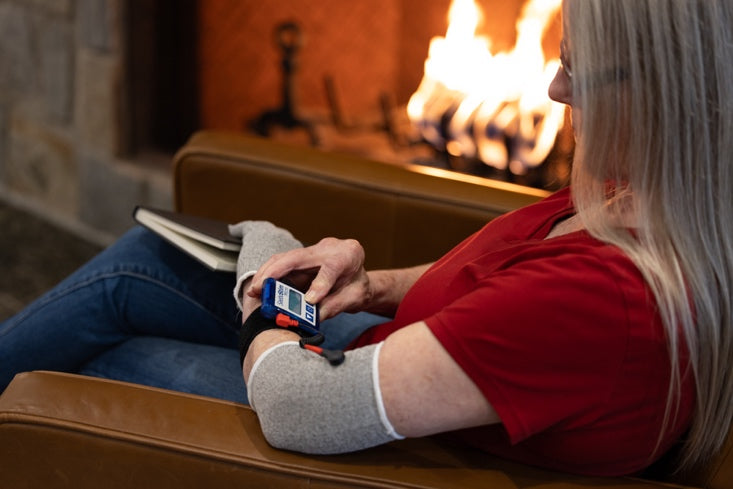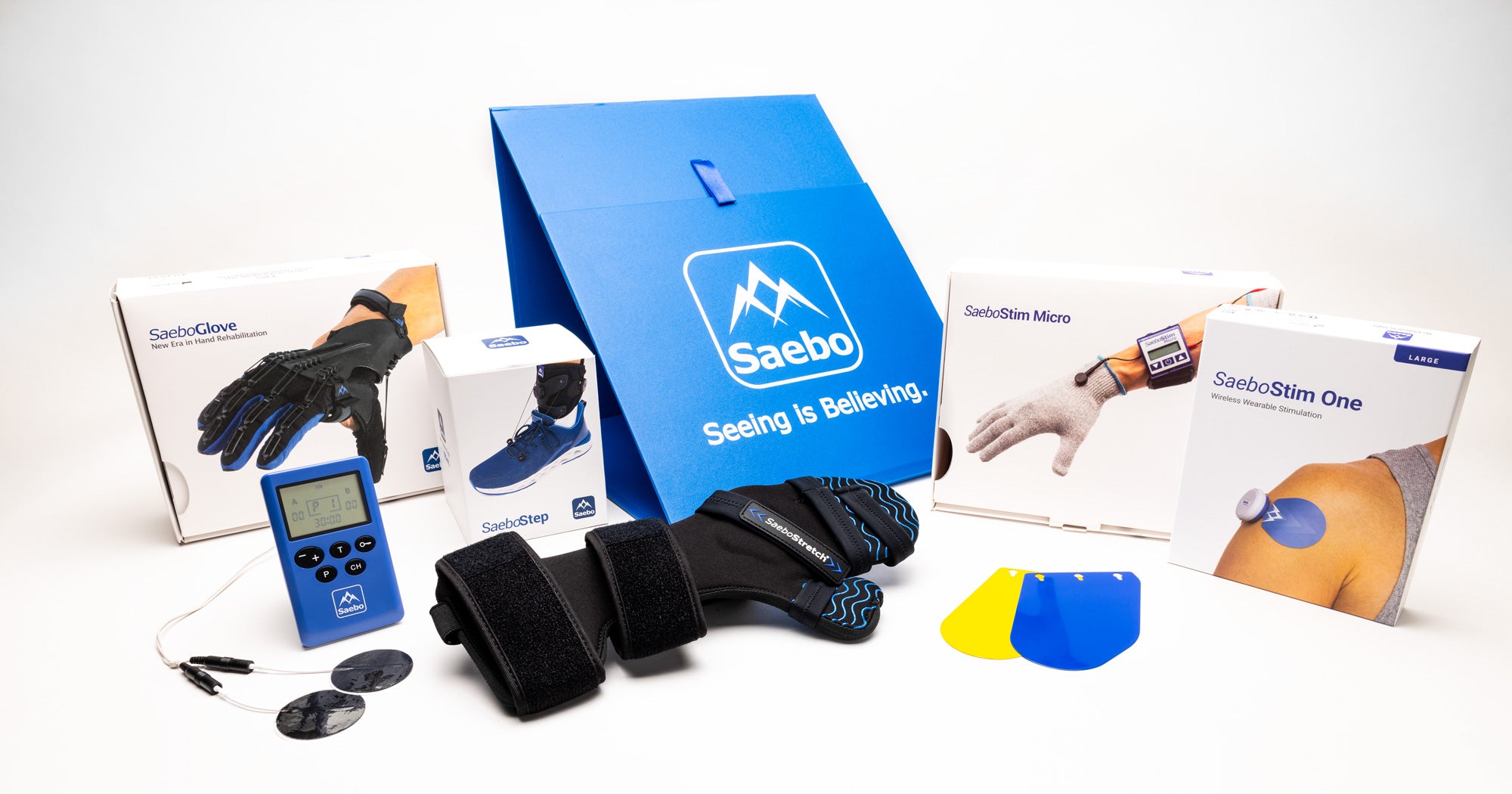Q&A – Can a Patient With No Hand Function 5 Years After Stroke Still Make Progress and Benefit From Saebo?

Can You Still Make Progress Years After a Stroke? The Answer Is Yes.
As occupational therapists, we’re often asked a powerful question that challenges assumptions about neuro recovery: My patient suffered a stroke five years ago and has no use of his affected hand. Is he still a good candidate for your products – and if so, which ones?
This question recently came from a fellow OT, and it’s one I’m always eager to address. Because the truth is: yes, even five – or twenty – years post-stroke, meaningful progress is still possible.
A Shift in How We Understand Recovery
If you had asked this question two or three decades ago, the answer might have been different. Back then, many clinicians believed that after a certain point – especially beyond one year post-stroke – further recovery was unlikely. That belief was largely based on the limits of the treatment tools we had available at the time.
Thankfully, the field of neurorehabilitation has evolved. Today, we know better. With the right interventions, the brain and body remain capable of change – no matter how much time has passed.
At Saebo, this belief is at the core of everything we do. It’s why our motto is: No plateau in sight. We believe patients don’t plateau – their treatment options do.
Challenging the Timeline: Real Story, Real Results
Just this past May, The Journal of Neurophysiology published a remarkable article about a man who was 23 years post-stroke. He had no hand use for years – until he began training with the SaeboFlex. After two years of use, he regained meaningful, functional hand control.
Stories like this challenge long-held assumptions in our field and open the door to new hope for chronic stroke survivors.
What Products Are Best for a Patient Five Years Post-Stroke?
Here’s a breakdown based on the patient’s tone and functional goals:
SaeboFlex: For clients with moderate to high tone or spasticity.
- Uses a high-profile spring-loaded outrigger system
- Durable enough to handle resistance from spastic muscles
- Ideal for clients who need mechanical assistance to initiate hand opening
SaeboGlove: For clients with low tone, weakness, or flaccidity.
- Low-profile, flexible glove with elastic tensioners
- Assists with finger extension after grasp
- Ideal for those with minimal resistance who still lack active opening
Recommended Add-Ons for Maximizing Results
In addition to the Flex or Glove, combining treatments can amplify outcomes:
- SaeboStim One: Neuromuscular electrical stimulation (NMES/FES) can be used alongside grasp-and-release programs to promote muscle re-education.
- SaeboStretch: A dynamic resting splint that gently stretches tight finger flexors and promotes reciprocal inhibition of the extensors.
- SaeboStim Micro: Provides low-level sensory stimulation to reduce spasticity, manage swelling, improve sensation, and even address sensory neglect.
Real Recovery Is Possible – Even Years Later
At Saebo, we’ve seen patients walk into therapy five, ten, or twenty years post-stroke with little or no hand function – only to walk out weeks or months later with the ability to grasp, release, and use that hand meaningfully for the first time in years.
That’s life-changing – not just for the patient, but for everyone involved in their care.
So, if you're working with chronic stroke clients, don’t hesitate to explore these solutions. There is always hope for progress.
No plateau in sight.
Let that guide your approach – and your patients’ recovery journey.
All content provided on this blog is for informational purposes only and is not intended to be a substitute for professional medical advice, diagnosis, or treatment. Always seek the advice of your physician or other qualified health providers with any questions you may have regarding a medical condition. If you think you may have a medical emergency, call your doctor or 911 immediately. Reliance on any information provided by the Saebo website is solely at your own risk.



